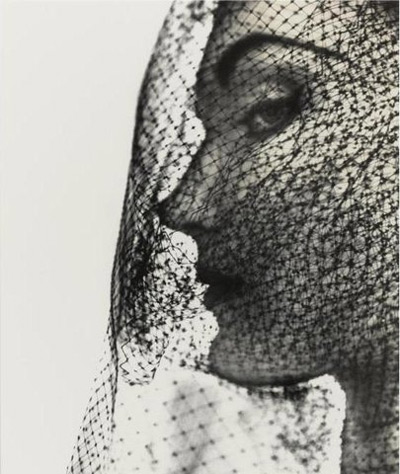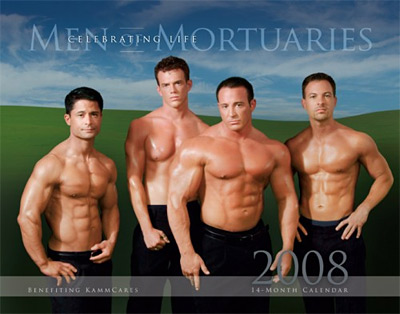
FINALLY. Issue #04 of Coilhouse has taken corporeal form.
It’s haunted, you know. Or maybe it’s possessed. Or it could be we’ve got a grimoire on our hands.
All we know is, at some point during our editorial process—which normally involves very little cauldron-stirring or eye of newt, despite whatever “coven” rumors you may have heard—#04 took on a life of its own, and has since become a small, seething portal of the uncanny. It’s all a bit magic-with-a-k. We may giggle and wink (“O R’LYEH? IA, R’LYEH!”), but that doesn’t change the fact that these pages are spellbound. You will read of channeling and scrying, of shades and shamans, and phantoms both fabricated and inexplicable. You will meet reluctant oracles, occultists, and ghosts from the past.
Issue 04 is now available in our shop. For a limited time, you can purchase Issues 03 + 04 together for a discount price of $23! Click here to buy. Without further ado, the contents of Issue 04, below:
INFORM
This issue’s Inform/Inspire/Infect section headers, crafted by Zoetica, are all about communing with animal spirits. Below: the INFORM header, titled Stork Whispers. The section header below also contains almost all the design motifs that creative director Courtney Riot conjured throughout the issue: smoke, burn holes, aged paper and tattered lace.

The Tarnished Beauties of Blackwell, Oklahoma
In mid 2008, we were captivated by the imagery Meredith Yayanos shared in a post describing her visit to an obscure, careworn prairie museum in a small Oklahoma town. More recently, Coilhouse enlisted one of our wonderful readers, Joseph A. Holsten, to return to The White Pavilion, where he archived dozens of high res portraits of long-grown, long-dead children of pioneer America. They are reproduced here in an extended version of the original Blackwell photo essay.

Bernd Preiml’s Exquisite Apparitions
Bernd Preiml’s photographs describe a world filled with magic and mystery, often coupled with a disconcerting sense that sinister forces may be lurking. Through his dark and shining visions, he weaves haunting tales that encompass violence as well as transcendence, beauty as well as wrath. Interview by longtime Coilhouse co-conspirator, Jessica Joslin.

Children by the Millions Wait For Alex Chilton: A Fractured Memoir of the Counterculture
Joshua Ellis returns to Coilhouse with a whip-smart personal essay examining his experience with alternative culture. Beginning with an endearing description of adolescent initiation-by-music and ranting its way into present day’s monoculture, “Children by the Millions” is an incisive evaluation of the death of societal revolution in our “been there, done that” world. Josh draws parallels between counterculture and ancient mysticism, while eloquently articulating a premise that’s been gestating in all of our minds since we first started discussing the living death of alt culture here on Coilhouse.

Calaveras de Azucar
Courtesy of photographer Gayla Partridge comes this toothsome autumnal fashion editorial inspired by el Día de los Muertos, with a corresponding overview by Mer on the festival’s historical and cultural significance.

Hauntings: The Science of Ghosts
Earlier this year, our Manchester-based correspondent Mark Powell traveled to a “Science of Ghosts” conference in Edinburgh hosted by esteemed psychologist Professor Richard Wiseman and other leading experts. Mark shares what he learned about the history, pathology (and quackery) of hauntings and spiritualism. With fetching spirit photos, daguerrotypes, and other vintage ephemera provided by archivists Jack & Beverly Wilgus.

INSPIRE
Frog Prince

Kris Kuksi: Sculpting the Infinite
A substantial editorial featuring meticulous, hyper-detailed monuments to destruction sculpted by Missouri-born artist Kris Kuksi. In the coming days we’ll be posting an exclusive interview with Kris where he shares his thoughts on time, fixing humanity, and what might lie ahead. Introduction and interview by Ales Kot.

Still In The Cards: Alejandro Jodorowsky on King Shot, Comic Books and the Tarot De Marseilles
An informative, zany dialogue with one of modern cinema’s most iconoclastic masterminds, Alejandro Jodorowsky. The filmmaker who brought us The Holy Mountain, El Topo, and Santa Sangre speaks candidly about his past, present and future… as well as the roles that tarot, spirituality and comics have led in his more recent life. Article by Mark Powell.

Through the Mirror into the Forest: Kristamas Klousch
Our stunning cover girl’s self-portraiture explores a dark, kaleidoscopic array of facets; Kristamas is at once wild forest creature, fetish vixen, tousled witch, Lolita, courtesan, silent movie vamp and Voodoo priestess. Her ethereal photos race to capture each incarnation, just before the next comes out to play. Introduction by staffer Tanya Virodova.

Grant Morrison: Embracing the Apocalypse
Groundbreaking comic book writer Grant Morrison blows our minds with a massive ten-page interview that will gently squeeze your reality’s underbelly until you’re ready to take the future seriously. Grant sat down with Zoetica Ebb and Ales Kot for a three-hour talk covering everything from superheroes and interdimentional parasites to personal transformation and 2012. Featuring new portraits of Grant and his wife, Kristan, by Allan Amato.

Larkin Grimm: Advanced Shapeshifter
In a time when our culture seems to openly scorn –but secretly craves– magic, the musician Larkin Grimm is an unashamed and forthright power to be reckoned with. Interview by Coilhouse collaborator Angeliska Polacheck, as well as a review of the Musicka Mystica Maxima Festival curated by Grimm in NYC last fall.

INFECT
Snake Charmer

Brave Old World
A collaboration between Chad Michael Ward and Bad Charlotte, this editorial takes the gorgeous model out of time and space, into a gauzy netherworld. With wardrobe by Mother of London.

CB I Hate Perfume: The Story of an Olfactory Architect
Christopher Brosius has been called “The Willy Wonka of Perfume” and is renowned for his eccentricity and passionate standpoint when it comes to both the art and the industry of scent-building. An intimate and inspiring interview about his work and philosophy, conducted by Angeliska.

Print to Fit: Mavens of Meatcake
What self-respecting, spellbound witchy-pooh magazine would be complete without paper dolls by Dame Darcy?! Featuring beloved characters from the darling Dame’s legendary long-running comic book, Meatcake.

































